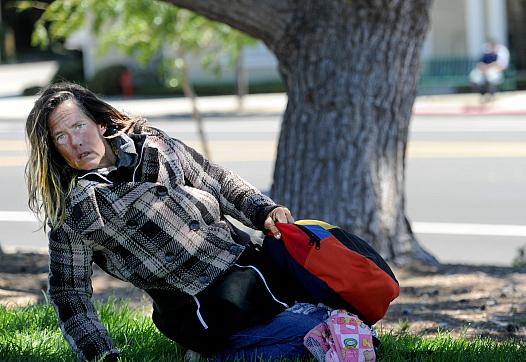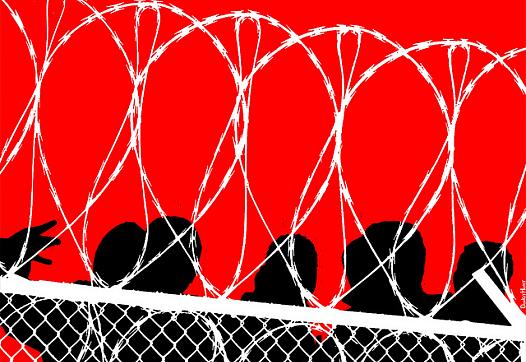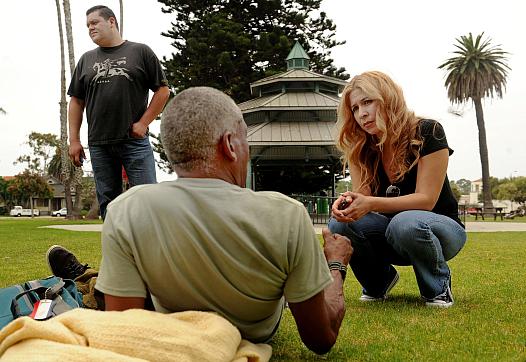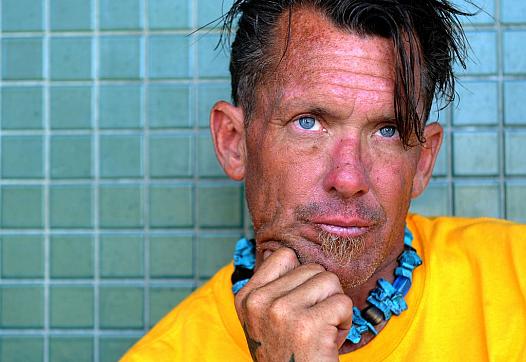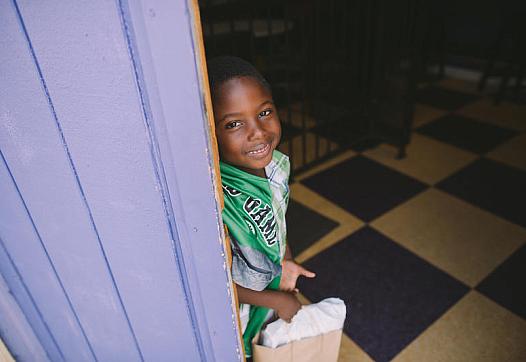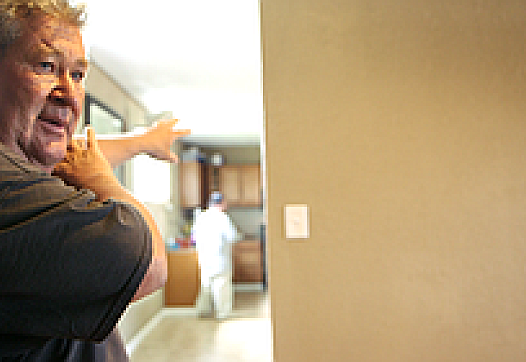
"I overdosed on heroin and I was staying in a motel," Susan Ireland says on a tour of El Centro. "The guy that worked at the motel found me, raped me and called the cops. I woke up in the hospital two weeks later, clean and sober and pregnant. That's why I'm clean and sober today."



